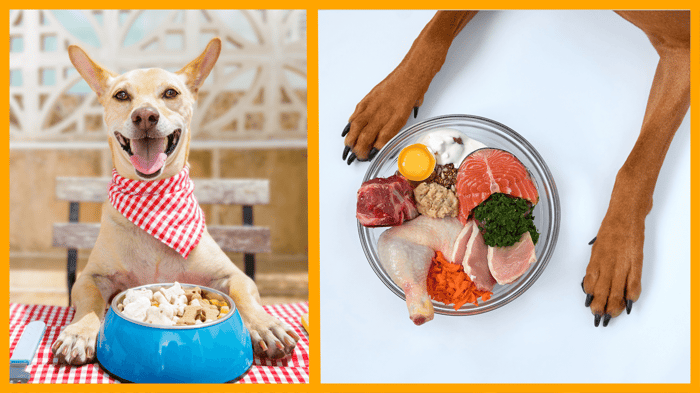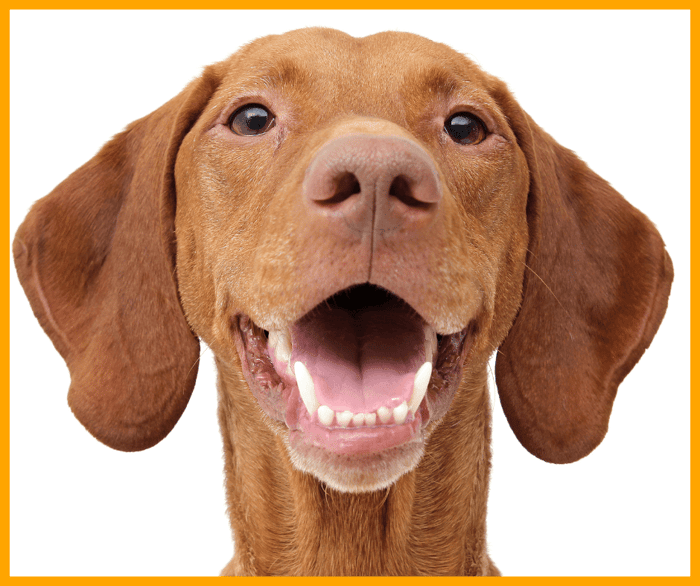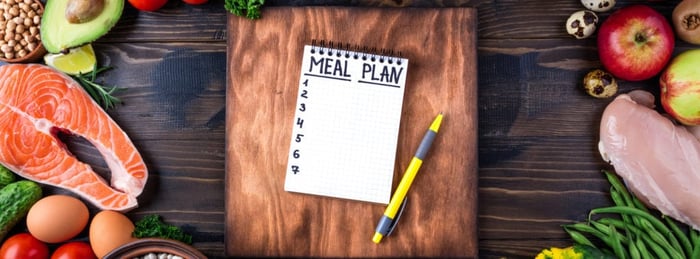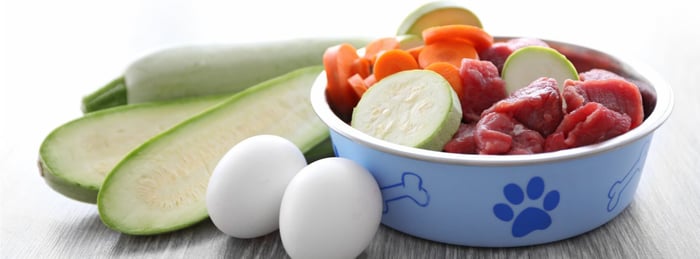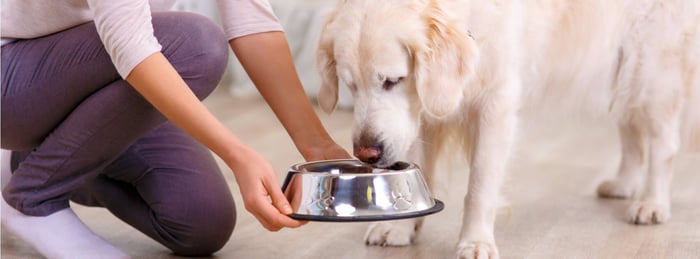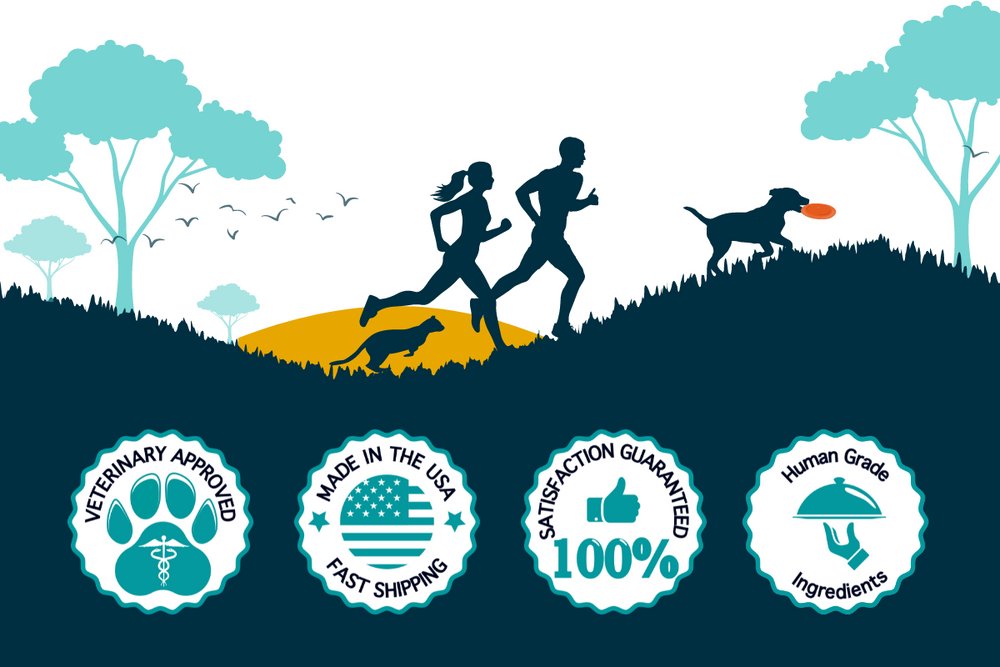As pet parents, we want our dogs and cats to live happy, healthy lives. One of the biggest decisions we make is what to feed them—raw food, kibble, or a mix of both. But here’s something many people overlook: how does your pet’s diet affect their oral health?
A healthy mouth isn’t just about fresh breath. Strong gums help your pet chew, eat, and stay comfortable. In this post, we’ll explore how different diets affect your pet’s teeth and gums and how you can give them the best care possible—no matter what’s in their bowl.
Understanding Pet Diets

There are three main types of pet diets:
Raw Diet: This includes uncooked meats, bones, and fresh veggies or fruits. Some believe it mimics what wild animals eat.
Kibble Diet: Kibble is dry, processed pet food. It’s convenient, affordable, and the most common choice for families.
Hybrid Diet: A mix of raw food and kibble, this aims to balance nutrients, textures, and benefits from both.
Each type can affect your pet’s mouth in different ways.
How Diet Affects Oral Health
Raw Diet
Raw foods often include chewy or meaty bones, which can help scrape plaque off teeth. The act of chewing supports healthy gums by gently massaging them. But some bones can be too hard and may cause tooth damage if you’re not careful. Also, raw diets need to be well-balanced to give pets all the nutrients they need.
Kibble Diet
Many people think kibble helps clean teeth, but not all kibbles are made for dental support. Some break apart too easily and don’t provide enough chewing action. In some cases, food particles can get stuck between teeth, leading to buildup if not brushed away.
Hybrid Diet
A combination of kibble and raw food can give pets variety in texture and nutrients. It can also encourage more chewing, which may help reduce plaque. But even with this mix, it’s important to watch for hard or sticky foods that may irritate gums or get trapped between teeth.
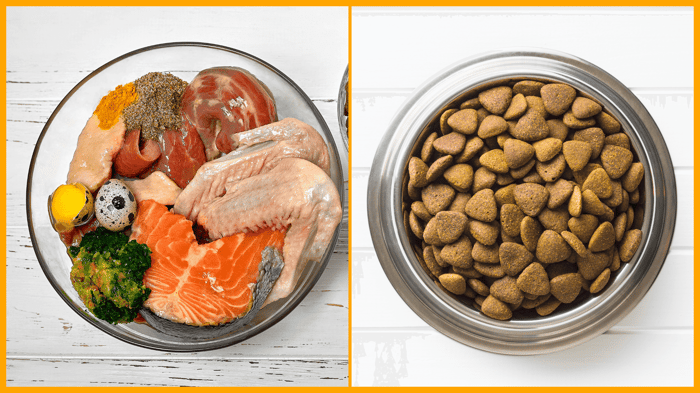
Understanding Raw Diets
It is important to note, proper preparation and hygiene are key. Food should only be left out for a short time to prevent bacterial growth, which can affect both your pet and your family.
Additionally, all materials used to prepare and serve the food—like bowls, utensils, and cutting surfaces—must be thoroughly cleaned after each use to avoid contamination.
Here are a few key tips:
Under 2 hours at room temp (under 70°F) is generally safe.
If it’s hotter than 70°F, don’t leave it out for more than 1 hour.
Refrigerated raw food should be used within 1–2 days after thawing.
Any leftovers in your dog’s bowl should be thrown out if not eaten right away.
Common Gum Issues Linked to Diet
No matter what your pet eats, some issues can affect gum comfort:
Sticky or soft foods may cling to teeth and gums, leading to buildup.
Very hard items, like certain bones or chews, can crack teeth or cause irritation.
Lack of chewing from overly soft foods can reduce natural teeth cleaning.
Watch for these signs that your pet’s gums may need attention:
Bad breath
Red, puffy, or swollen gums
Drooling more than usual
Avoiding food or chewing on one side
Pulling away when touched near the mouth
Tips for Healthy Gums—Beyond the Bowl
Diet matters, but it’s not the only part of keeping your pet’s mouth healthy. Here are a few simple habits that can make a big difference:
Brush regularly: Aim to brush your pet’s teeth regularly with pet-safe toothpaste.

Choose safe chew toys: Avoid anything harder than your fingernail. If it’s too tough to bend or press into, it could hurt your pet’s teeth.
Keep them hydrated: Fresh water helps rinse food particles from the mouth.
Schedule vet dental checkups: Your vet can catch early signs of gum issues before they become serious.
Add 1-TDC® to their routine: It’s vet-recommended to support long-term oral and joint health. Many pet parents don't have time for daily brushing. When chew toys aren't enough and plaque is starting to build up, 1-TDC is a great addition to help keep your pet happy and healthy.
Which Diet Is Best for Gum Health?
There’s no single “best” diet for every pet. The right choice depends on your pet’s age, breed, activity level, and overall health. Some pets thrive on raw diets, others do great with kibble, and some benefit from a mix of both.
What really matters is that you’re paying attention to their mouth—checking their gums, keeping up with cleanings, and supporting their oral health with trusted tools like 1-TDC.
Want to Know How Your Pet’s Gums Are Doing?
Take our quick quiz to find out! Answer a few simple questions and get personalized tips for your dog (or cat’s) oral health.
👉 [Take the Gum Health Quiz Now!]
The 1-TDC® Difference
For over 10 years, 1-TDC® has been the #1 supplement recommended by veterinary dentists for both gum and joint support. It’s safe for dogs and cats of all sizes, and it fits into any routine—whether you feed raw food, kibble, or a little of both.
Support your pet’s smile from the inside out—because every tail wag, head tilt, and happy mealtime starts with a healthy mouth.
1-TDC Oral Health + Mobility Support for Dogs
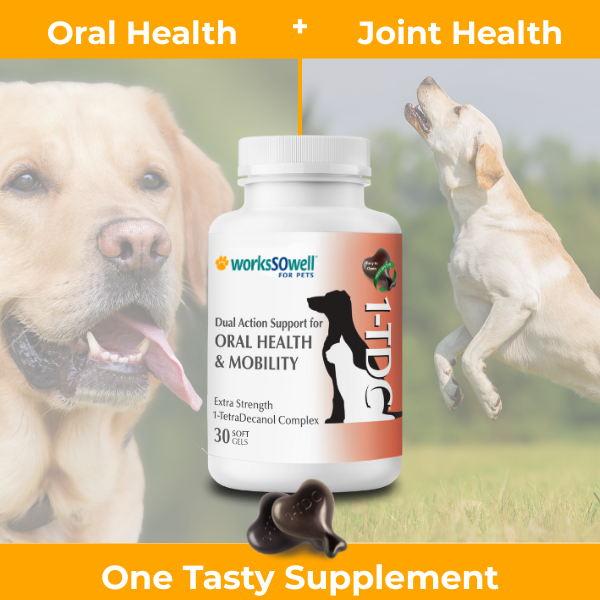
$32.00
Keep your pet Happy, Active & Comfortable from Head-to-Tail with 1-TDC. This unique supplement is SO effective that it is recommended by TOP Veterinary Experts worldwide to maintain and improve your pet’s health in 4 important areas: Oral Health….… read more



